Teaching Students to Play the Train Game
This blog post contains Amazon affiliate links. As an Amazon Associate, I earn a small commission from qualifying purchases.
For the past two years, the Train Game (20 Express by Blue Orange Games) has been my go-to 2nd day of school activity. I’ve mentioned it on my blog before, but I’ve never written an entire blog post explaining it fully.
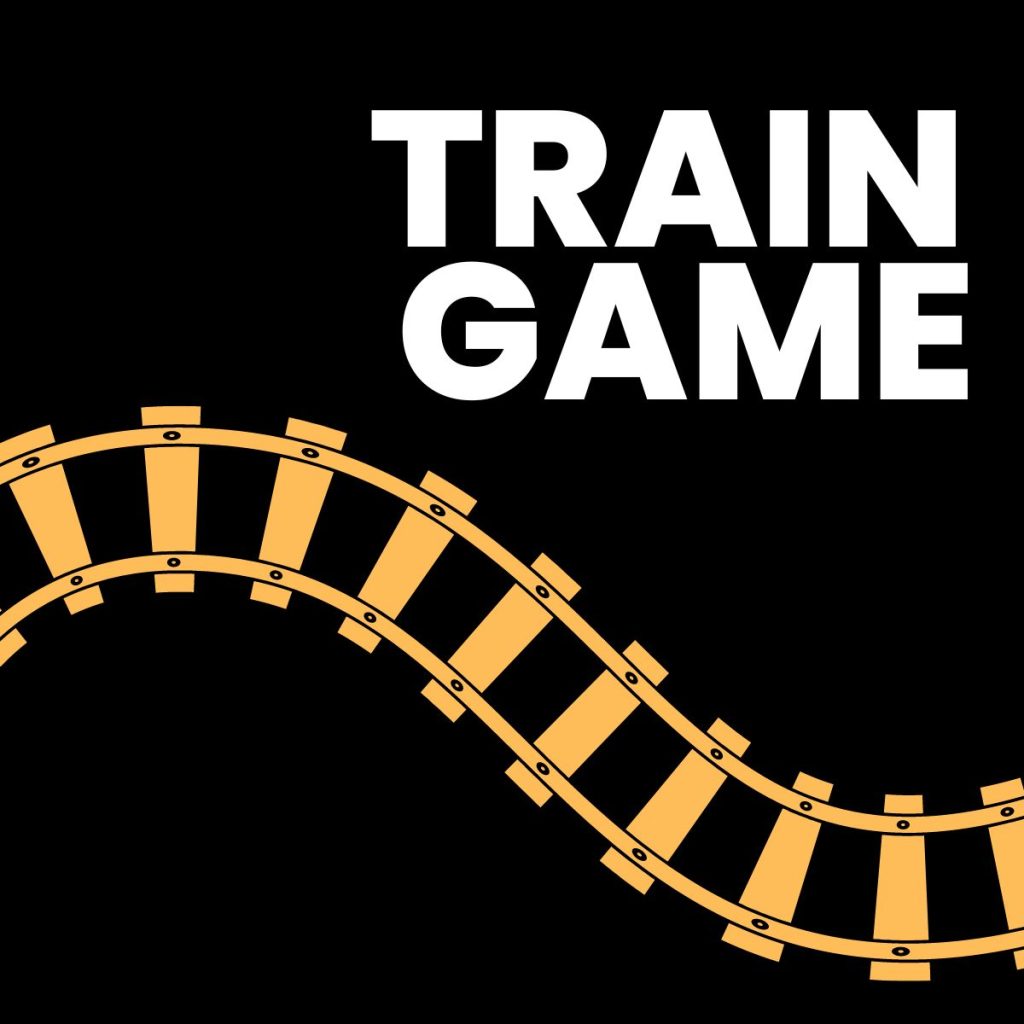
Looking for more first day of school activities and puzzles for your classroom? I have a giant blog post dedicated to 40+ activities for the first week of school.
Here’s a few examples of some of these engaging activities for the beginning of the school year.
I’ve got so much I want to blog about and so little time to actually make it happen. I want to talk about the first day of school and the second day of school and my new plan for bellwork and my new systems for cell phones and dry erase markers and my classroom decorations and my puzzle table and my thoughts on being a working mom and I guess you get the idea…
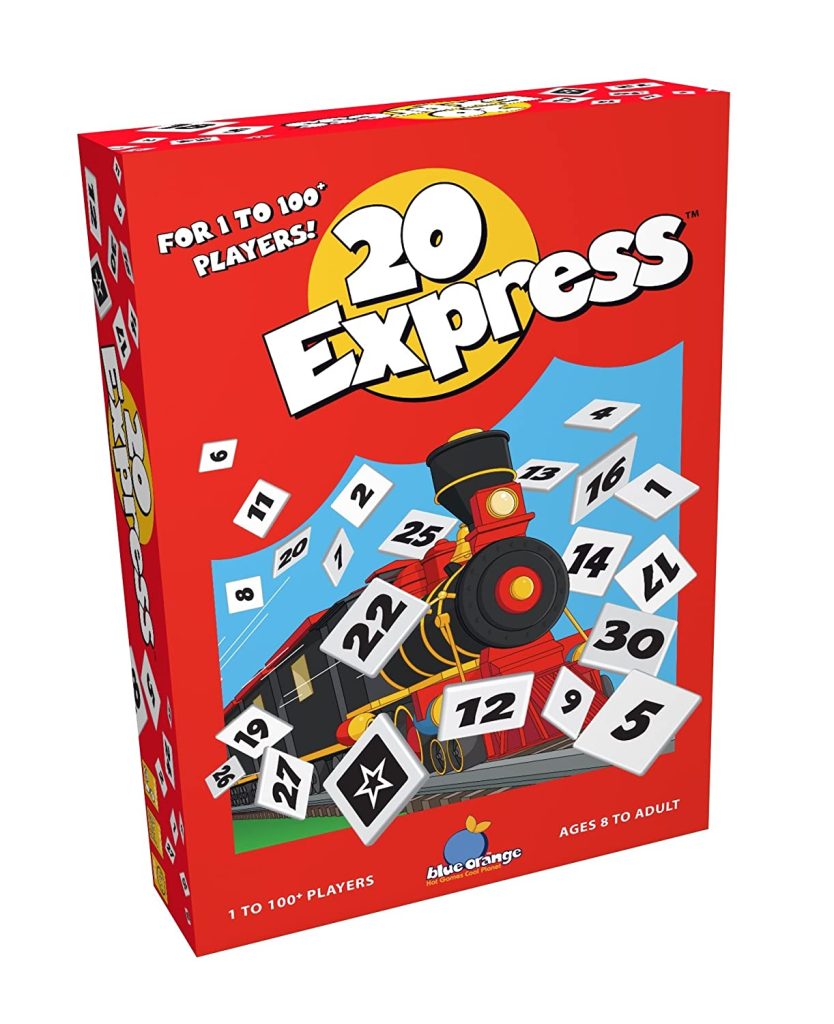
The game isn’t actually called the “Train Game.” It’s actually 20 Express by Blue Orange Games. But, years ago, my students dubbed it the “Train Game,” and the name stuck.

I received the train game (20 Express) as a Christmas present in 2014 from my sister. In fact, it was one of the very first board games that Shaun and I played together. I’m pretty sure he’s won almost every time we’ve ever played…
Sadly, 20 Express has been discontinued. But, Blue Orange still has printable game sheets on their website. So, all you have to make to create your own game set is a set of tiles to draw from.
The first time I tried explaining the train game to students, I really struggled to get them to understand the rules. So, over the years, I’ve created a way to explain them with the help of some visuals and teacher moves.
For the past two years, I’ve turned these visuals into a set of Google Slides that I think explain the game pretty well.
I love the train game because it is the perfect mix of strategy and luck. It can be played by any number of people. Plus, it’s super low prep!
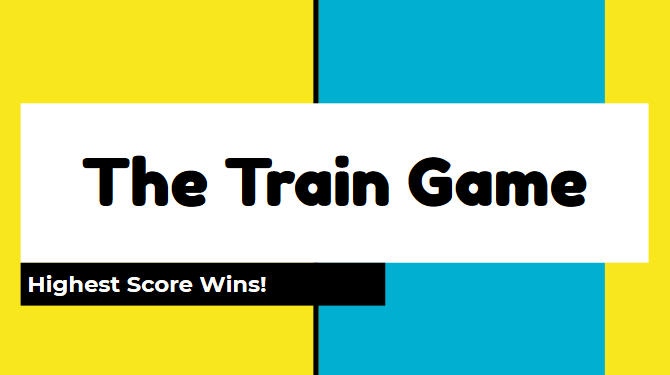
I start my explanation by going over some basic rules. I have my students use dry erase markers, so the “no erasing” rule is super important.
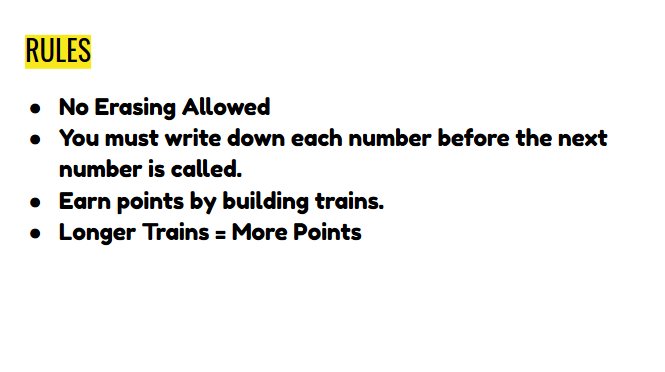
Whenever I tell students that longer trains are worth more points, they always look at me with confusion. This leads to my next slide where I ask “What is a train?” Instead of telling students what a train is, I give them two columns.
The sequences on the left are trains. The sequences on the right are not trains. Then, I challenge students to figure out what makes a train a train.
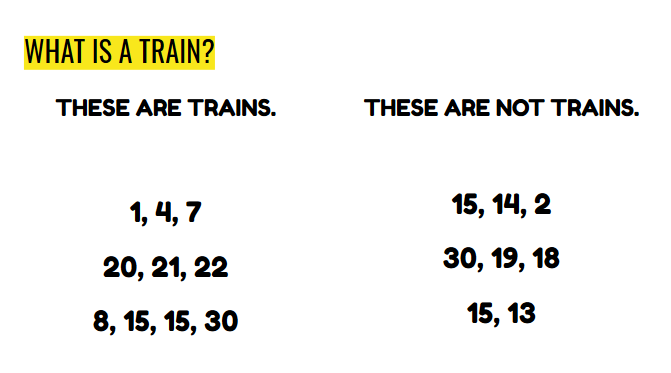
I didn’t intend it this way, but students often come up with the misconception that a train is a sequence that follows a pattern. They notice that 1, 4, 7 involves adding 3 each time and 20, 21, 22 involves adding 1 each time.
Usually, they voice this before they read as far as the third example of a train. The 8, 15, 15, 30 throws a wrench into this theory.
After a bit of discussion, students eventually arrive at the realization that a train is a sequence of numbers where each subsequent value is GREATER THAN OR EQUAL TO the previous values.
Next, I try to aid students in solidifying this new knowledge by challenging them to find the trains in a set of numbers. Students often make a mistake of identifying the last train as 9, 8, 11, 15, 40 instead of seeing two trains of 9 by itself and 8, 11, 15, 40.
When students do this, they are almost always called out by their fellow students. I barely have to do anything!
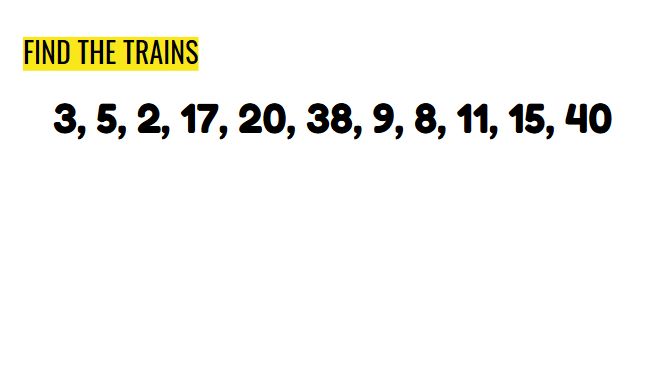
I color code the trains just to re-emphasize what creates a train of numbers. Students cannot understand the rest of the game without understanding what a train is.
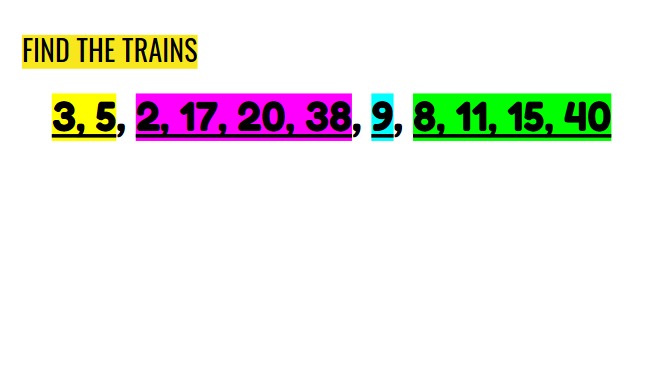
At this point, I tell the class that I have a bucket of numbers that I will be drawing from during the train game, and it is to their advantage to know what numbers I could possibly draw.
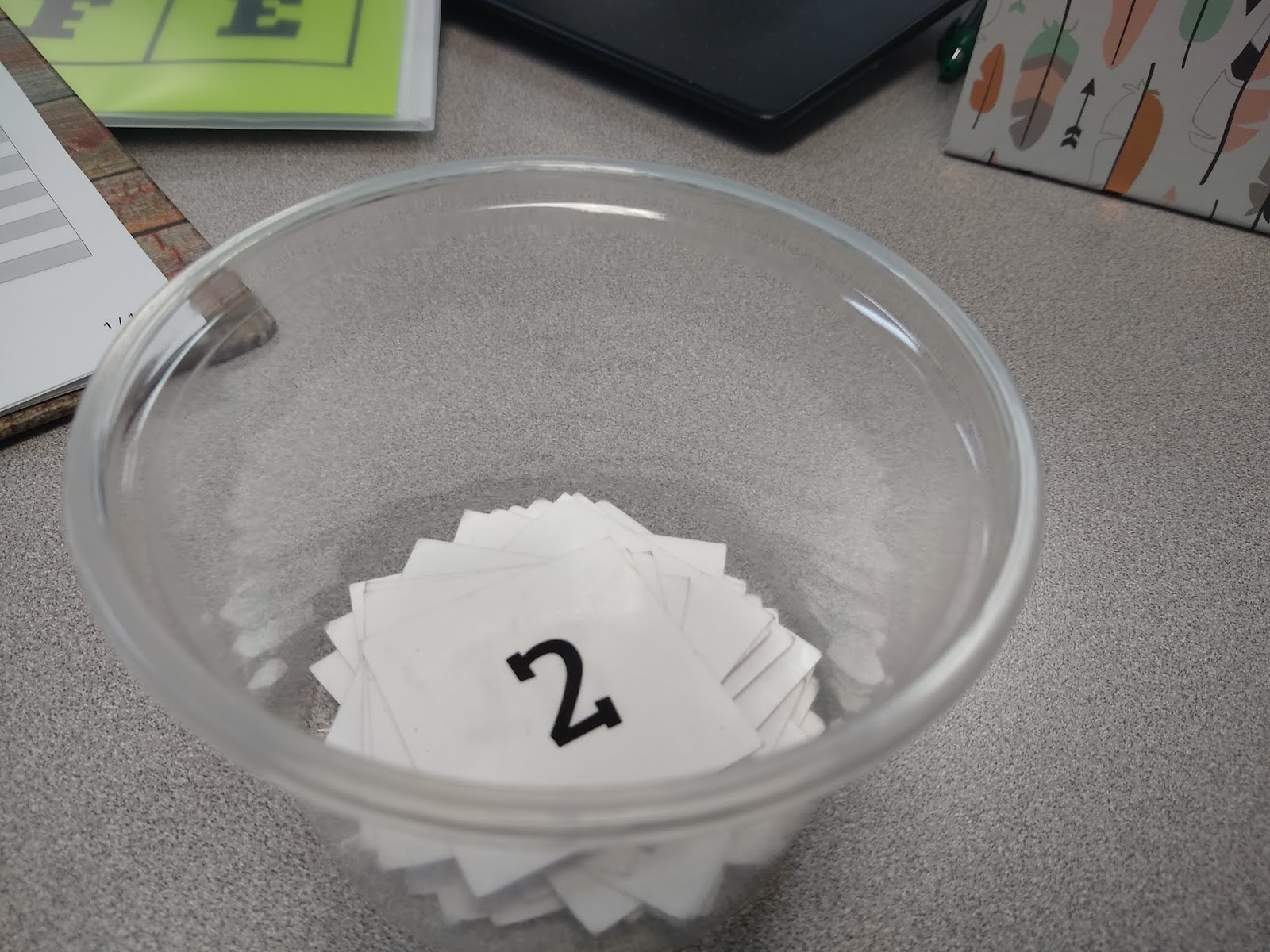
I project a list of the numbers on the screen and ask students what they notice about the contents of my bucket.
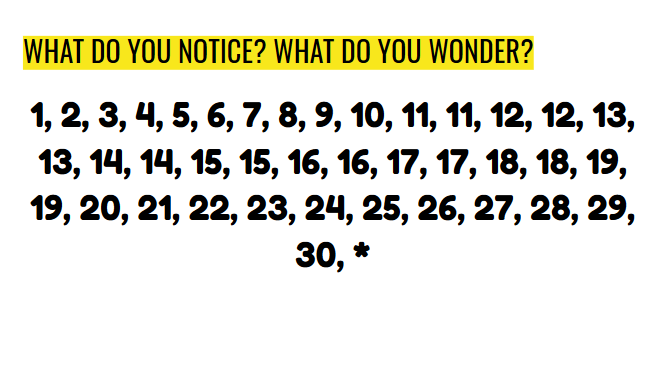
The most important things for students to realize are that the numbers in the bucket range from 1 to 30. The numbers 11-19 appear twice. And, there is one wild card (denoted by an asterisk). This wild can be placed in any position on the game board.
At the end of the game, it can be considered to be any number of your choosing when calculating your score
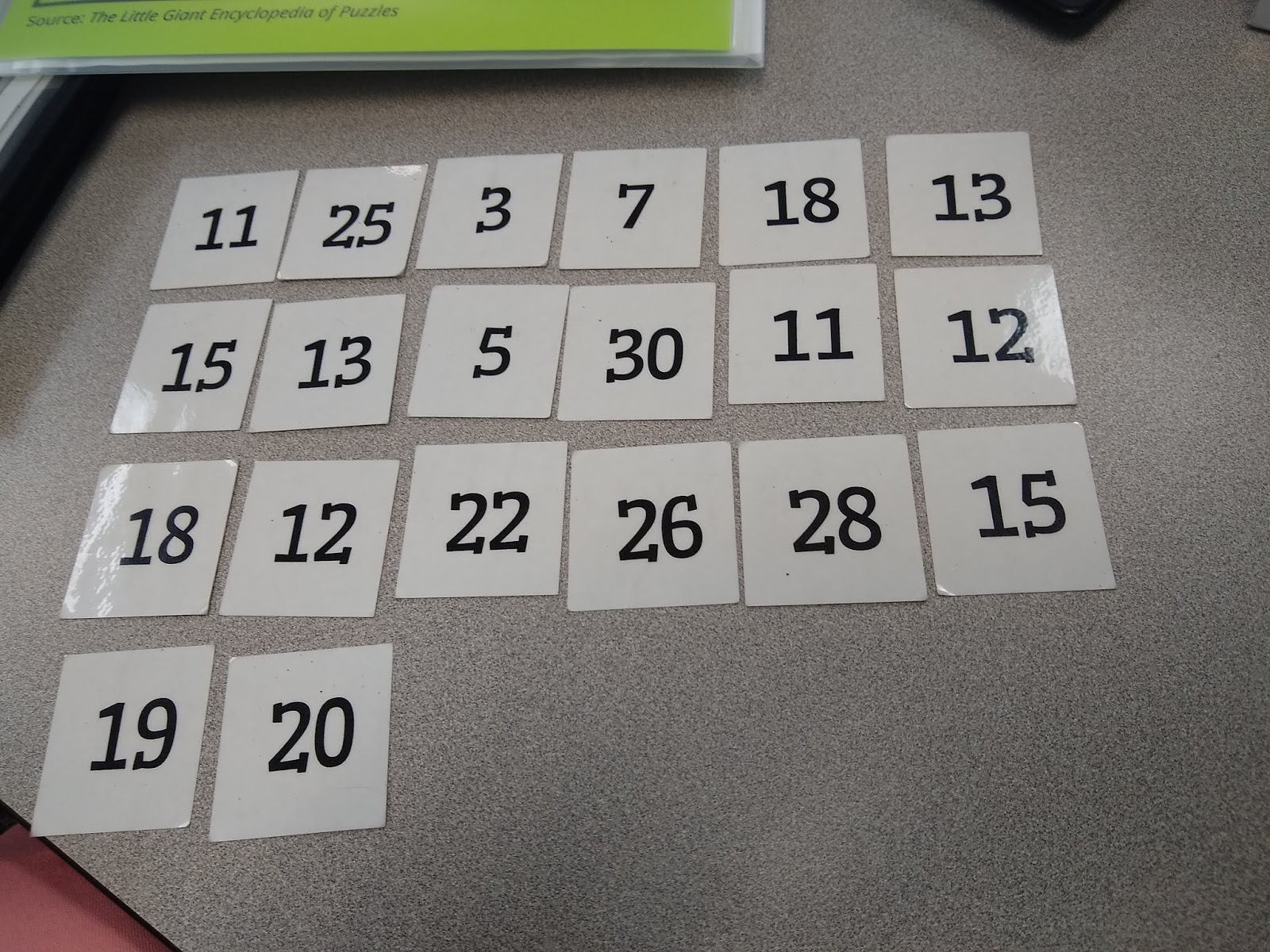
At this point, I introduce students to the game board. Pro tip: Don’t hand out the dry erase markers until you’ve explained ALL the rules of the train game. My students, at least, can’t resist the urge to doodle!

I used to laminate the train game boards, but I found students had a really hard time erasing the dry erase marker from the laminated plastic. Now, I use dry erase pockets for this activity. They erase SO much better than laminated paper.
MATH = LOVE RECOMMENDS…
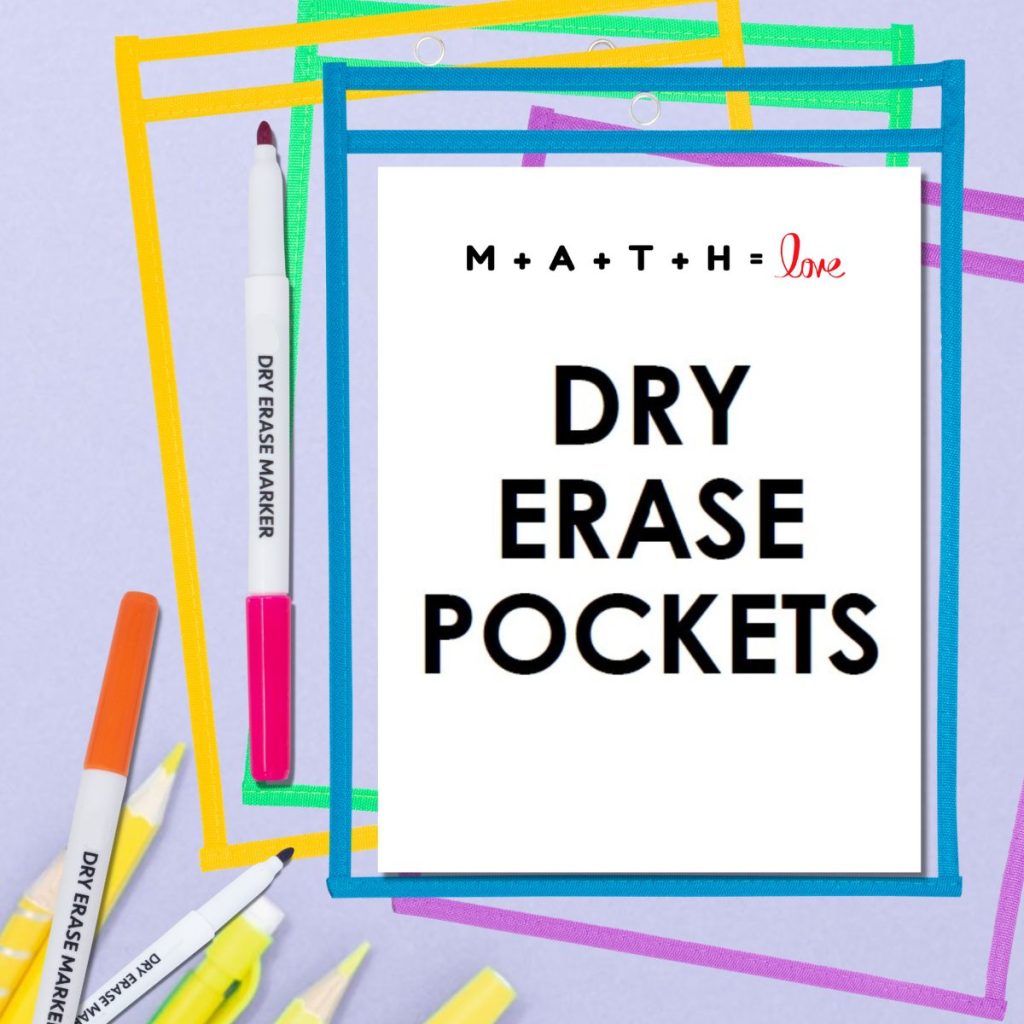
I cannot imagine teaching math without my dry erase pockets! They instantly make any activity more engaging and save me countless hours at the copy machine since I can use the same class sets of copies year after year.
Here are my current go-to recommendations:
If you don’t have a classroom set of dry erase pockets, you could also use heavy duty sheet protectors. But, I highly recommend investing in a classroom set of the pockets since they are so much more durable.
Blue Orange has a free file of the game boards on their website. I like to print the train game templates so each game board takes up an entire letter sized sheet of paper.
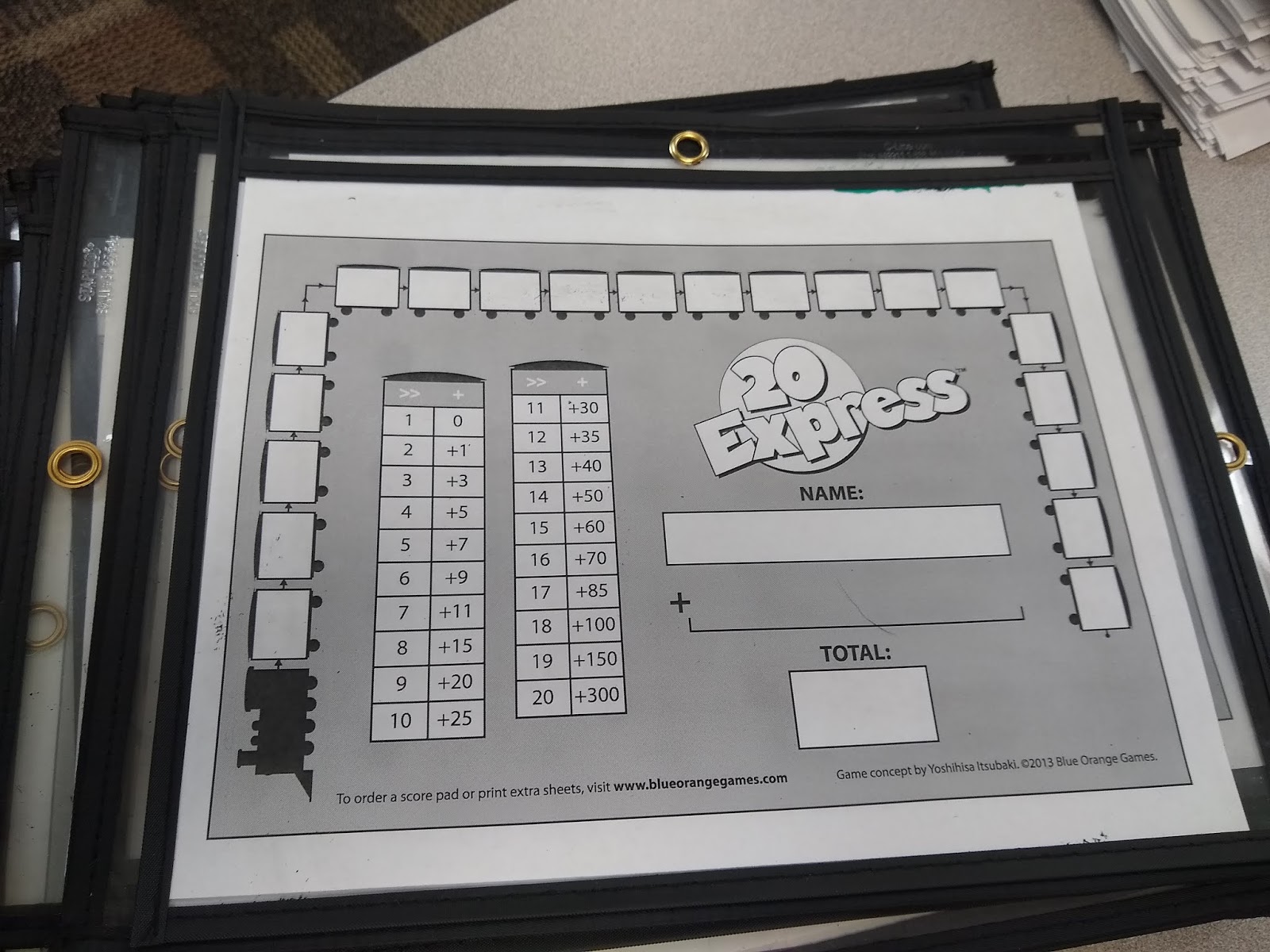
During the train game, students write each number as it is called in one of the 20 train cars around the edge of the gameboard. The goal is to create trains that are as long as possible. The longer a train is, the more points it is worth.
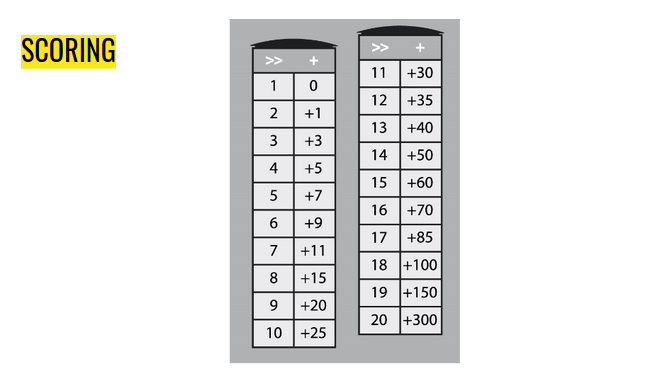
At this point, I introduce students to the 20 Express scoring chart that is printed on the gameboard. A train that contains 5 numbers is worth 7 points. A train that contains 11 numbers is worth 30 points.
I’ve found that the best way to get students to wrap their mind around scoring and game play is to share a sample game board and ask students to calculate the student’s score.
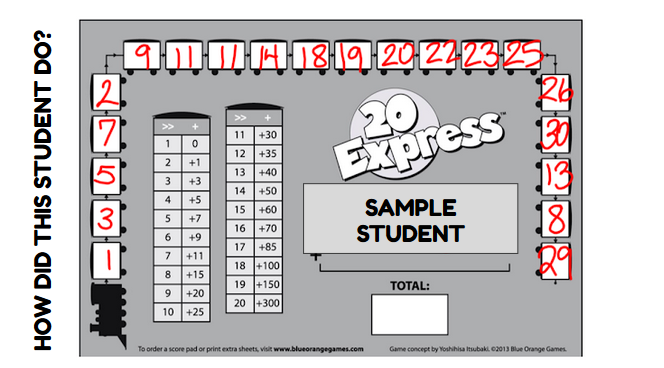
As a class, we identify each train and use the score chart to figure out how many points it is worth. 1, 3, 5, 7 contains 4 values, so it is worth 5 points. 2, 9, 11, 11, 14, 18, 19, 20, 22, 23, 25, 26, 30 contains 13 values, so it is worth 40 points. 13 is in a train by itself. This doesn’t do us any good because it’s worth 0 points. 8, 29 is worth 1 point.
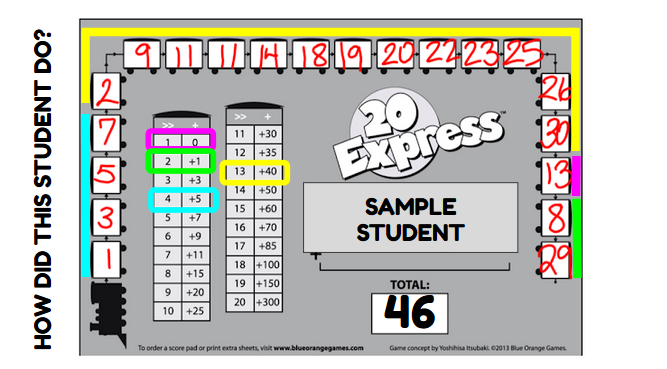
Then, I challenge students to see if they can beat this sample student’s score of 46.

Let’s see if I can summarize the rules of the train game. 20 numbers will be drawn. After each number is drawn, the number must be written in one of the train cars on the game board. Numbers cannot be moved or erased once they are written down.
Each number must be written down before the next number is called. Try to arrange the numbers in the train cars so that sequences are formed where each number is greater than or equal to the numbers that come before it.
Longer sequences are worth more points than shorter sequences. Highest score wins!
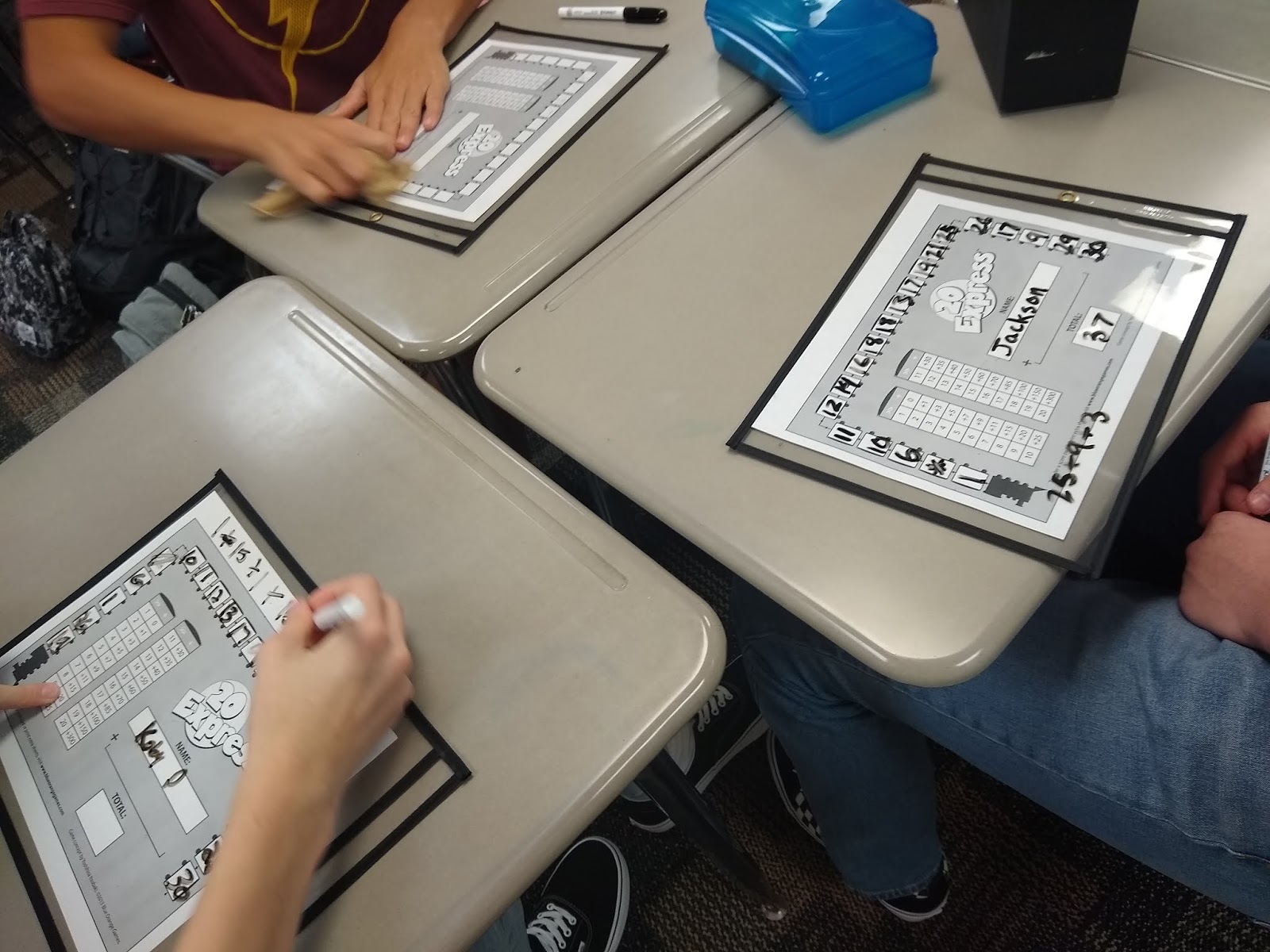
The first game that we play as a class is definitely a learning experience for students. It’s often about halfway through this first round that the rules/strategy of the game finally click for ~25% of students.
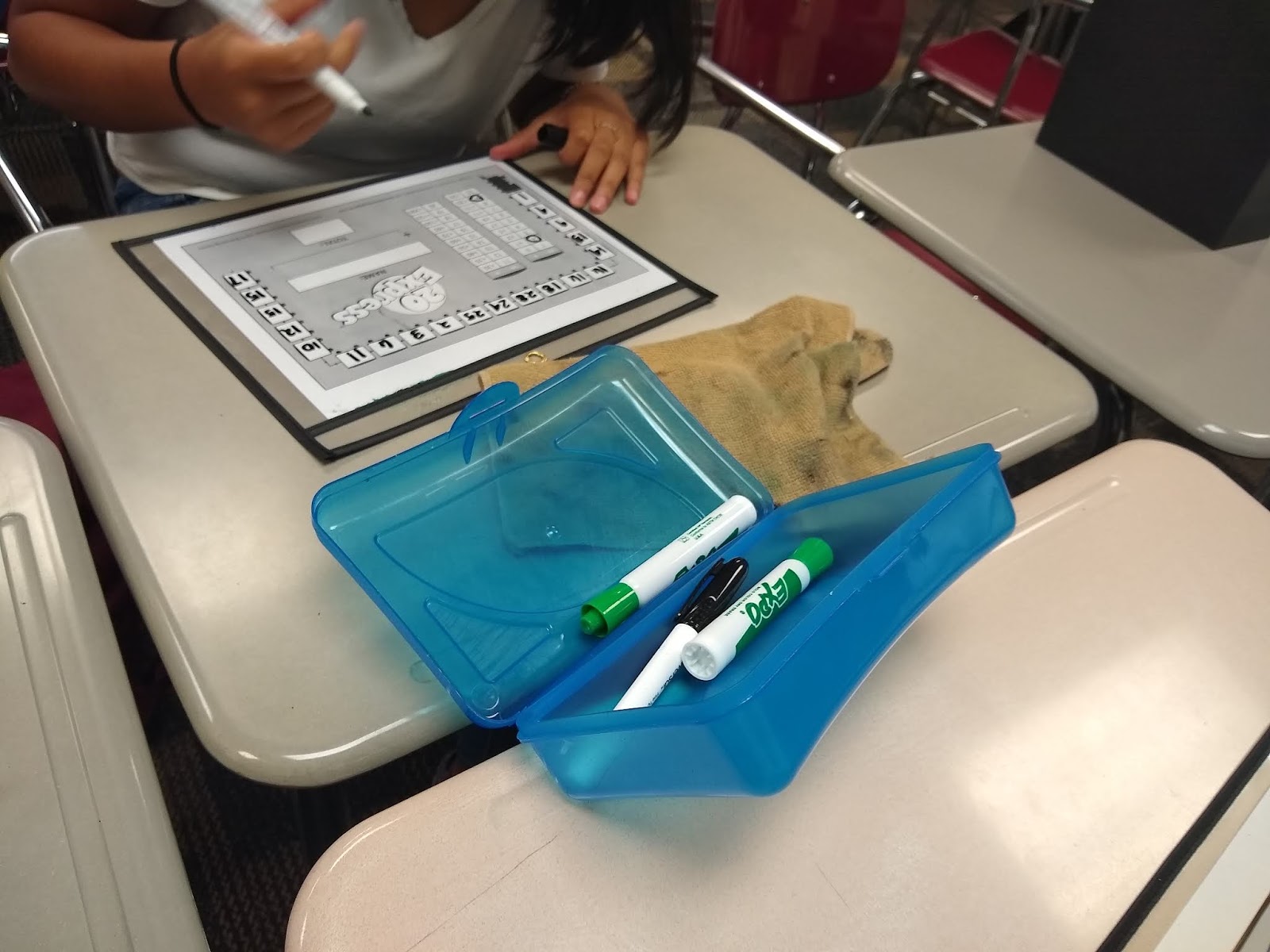
I love to watch students’ strategies grow and develop as we play subsequent rounds. The train game truly is a student favorite. I hope your students enjoy it as much as mine!
As for time required, I was able to talk through the explanation of the rules, play 3-4 rounds of the game, and we still had 10-15 minutes left of our 50 minute period.
One thing to be aware of: If your principal walks in your classroom while you are playing 20 Express, they will assume that you are playing bingo!
Resources to Help Teach the Train Game (20 Express) to Students
You can access the Google Slides I created to teach students how to play the train game (20 express) here.
Click here to SAVE the file to your device.
Train Game Board (PDF)
8375 saves – 557.80 KB
Click here to SAVE the file to your device.
Train Game Pieces (PDF)
7806 saves – 247.73 KB
Modifying the Train Game
Siobhan Skinner suggests modifying the train game to incorporate both negative and positive numbers. Brilliant! Siobhan used the numbers from -15 to +15 and included -5 to +5 twice. How brilliant is this?




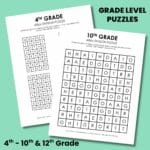
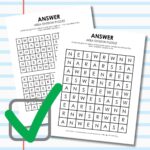



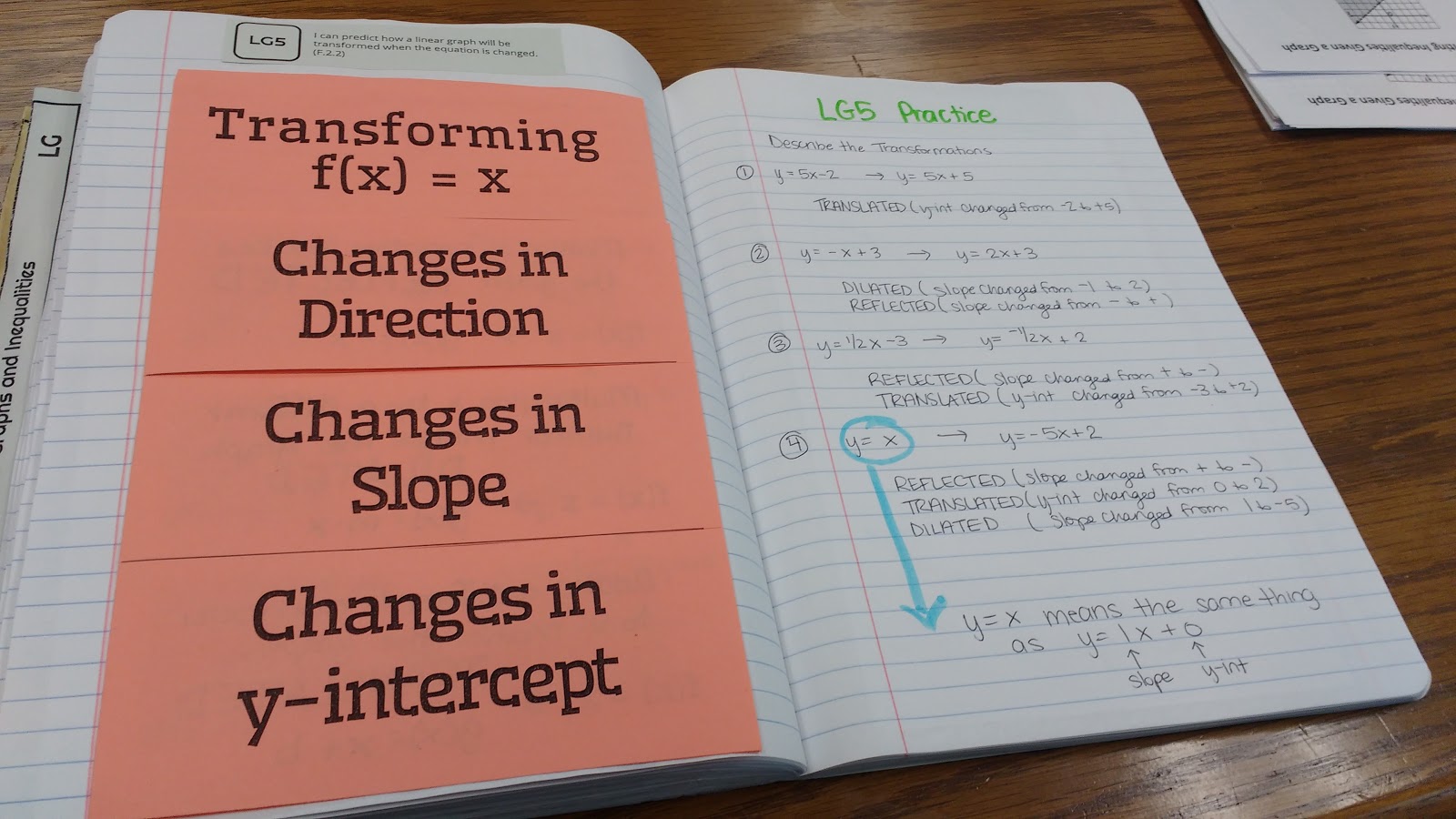

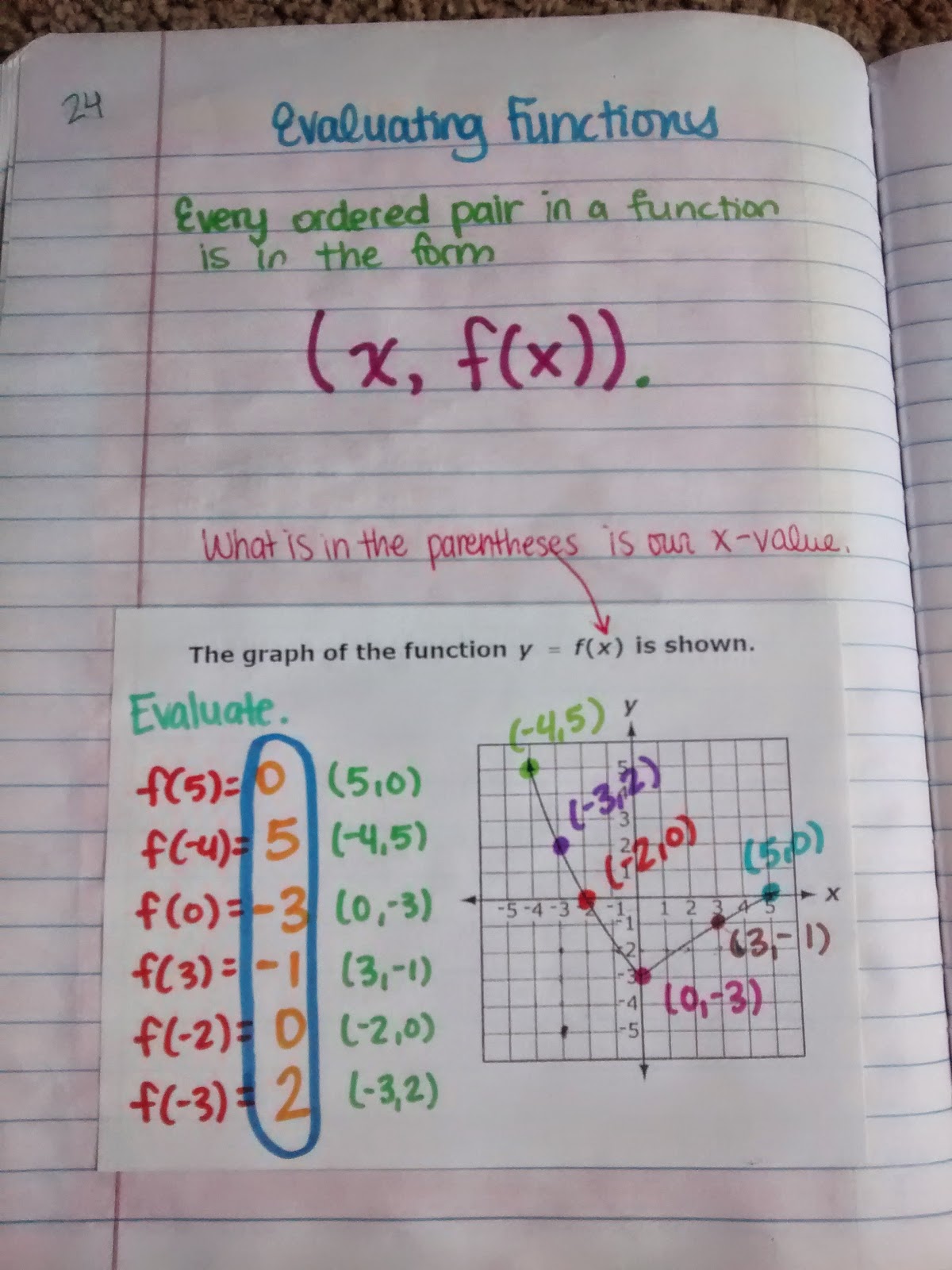
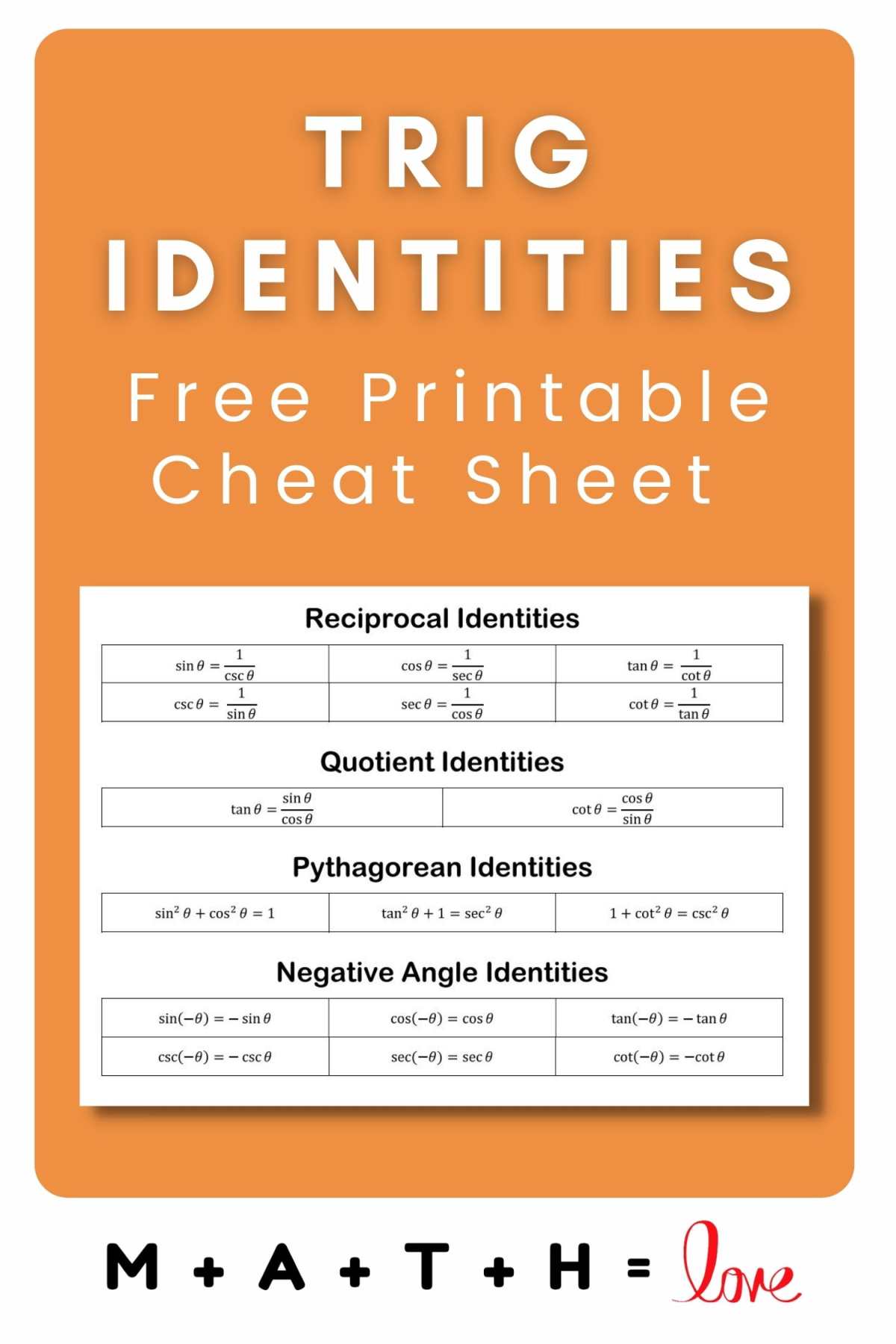
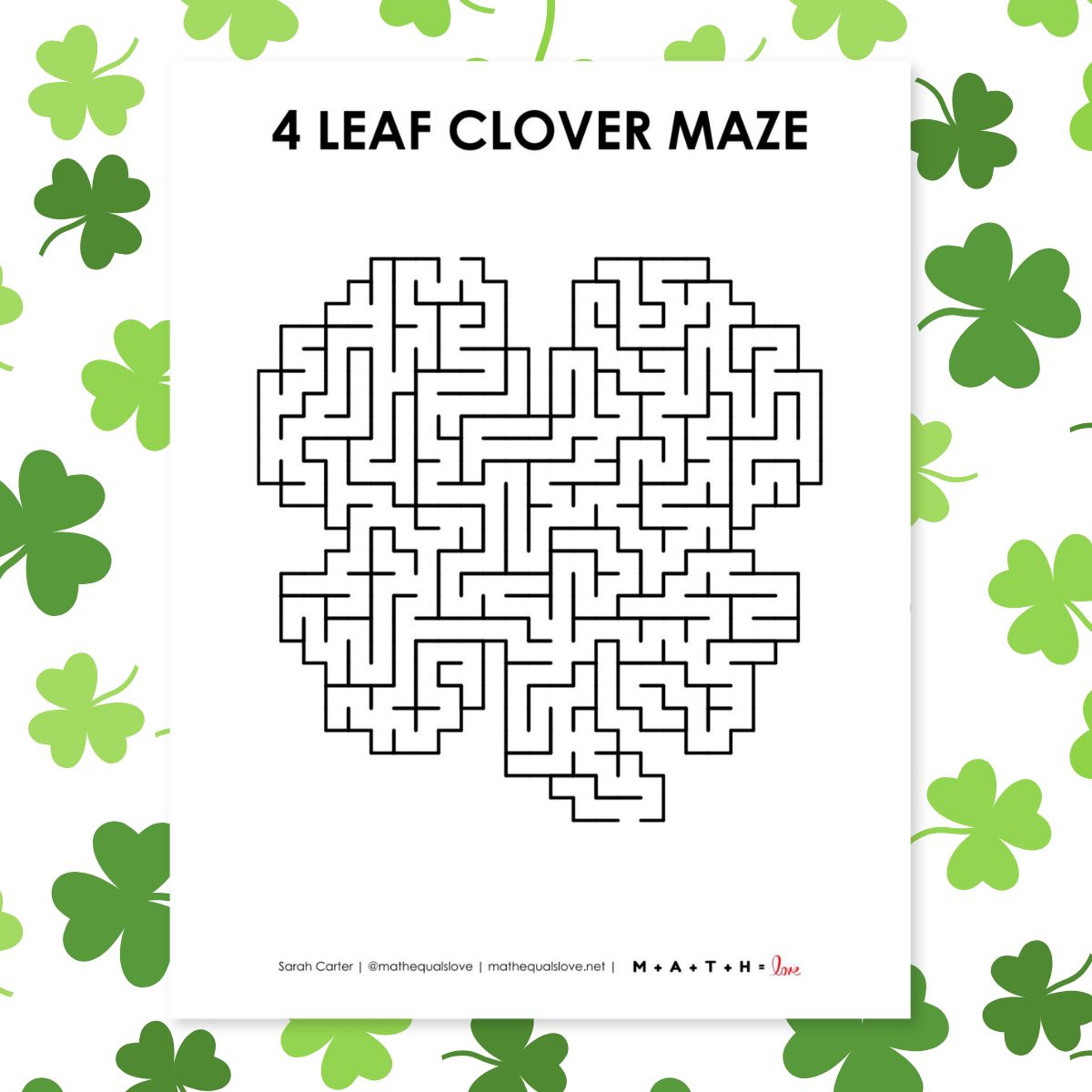
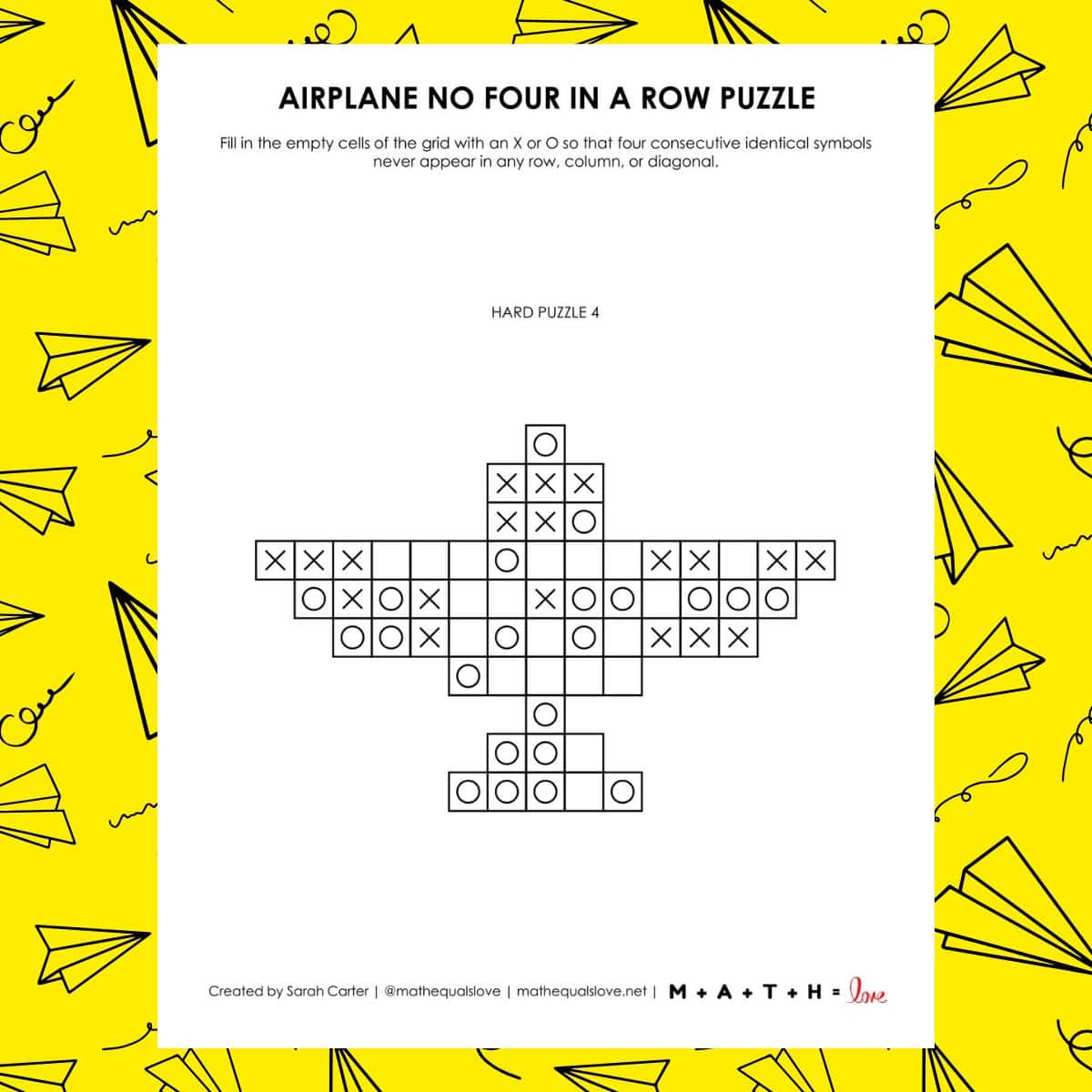
Thanks for this Sarah! I can't wait to try this with my 8th graders. Could you share your google slides of how you teach the game?
Just added a link at the bottom of the post!
I was wondering about the presentation as well as your pdf files for the numbers and game boards (the link has very small game boards!). Thank you for everything you do!
Just added a link at the bottom of the post!
I'd also love the slides file and game board/numbers file, if you don't mind. Thanks heaps!
Just added a link at the bottom of the post!
Would you be willing to share your Google Slides of how to play the game and your PDF files for the numbers and game boards? I could not find the free download on the Blue Orange site. Thank you so very much! I want to introduce this to my 7th graders this year!
Just added a link at the bottom of the post!
Sarah, thank you for this great idea for day 2 of school. I am looking forward to trying it out with my 8th grade Algebra class! The way you set up the directions for students makes the rules for playing the game very straightforward and easy to follow.
Just added a link at the bottom of the post!
Here is an option if you don't want to make the number tiles: https://boardgamegeek.com/filepage/132565/printable-bag-random-tiles
I am wondering if this game could be updated using negative integers? Can you see an issue with it? Thanks for sharing!
any chance you have a version for remote learning?
I don’t have one handy at the moment, but I have seen people do it in Jamboard and Google Slides as well as with some interactive whiteboard websites.
Hi! I am an elementary math coach in a 3-5 school. I plan to try so many of these games, but after reading how many 7th and 8th grade teachers are using the games, I am afraid that these games are too advanced for my students.
Many people have used my puzzles and games with upper elementary. Go for it! I have puzzles that I have used with high school seniors that others have used with 2nd graders. I think that playing with math is suitable for all grade levels – even adults!
Here is someone from BoardGame Geek who created a web based Number Draw for this game. Even less prep!
https://ori.avtalion.name/streams/
Great find! Thanks for sharing!